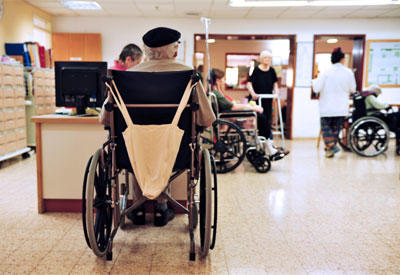Rising Demand for Long-Term Services and Supports for Elderly People
4.8 (280) · $ 15.00 · In stock
By 2050, one-fifth of the U.S. population will be age 65 or older, up from 12 percent in 2000 and 8 percent in 1950. As a result, expenditures on long-term services and supports for the elderly will rise substantially in the coming decades.
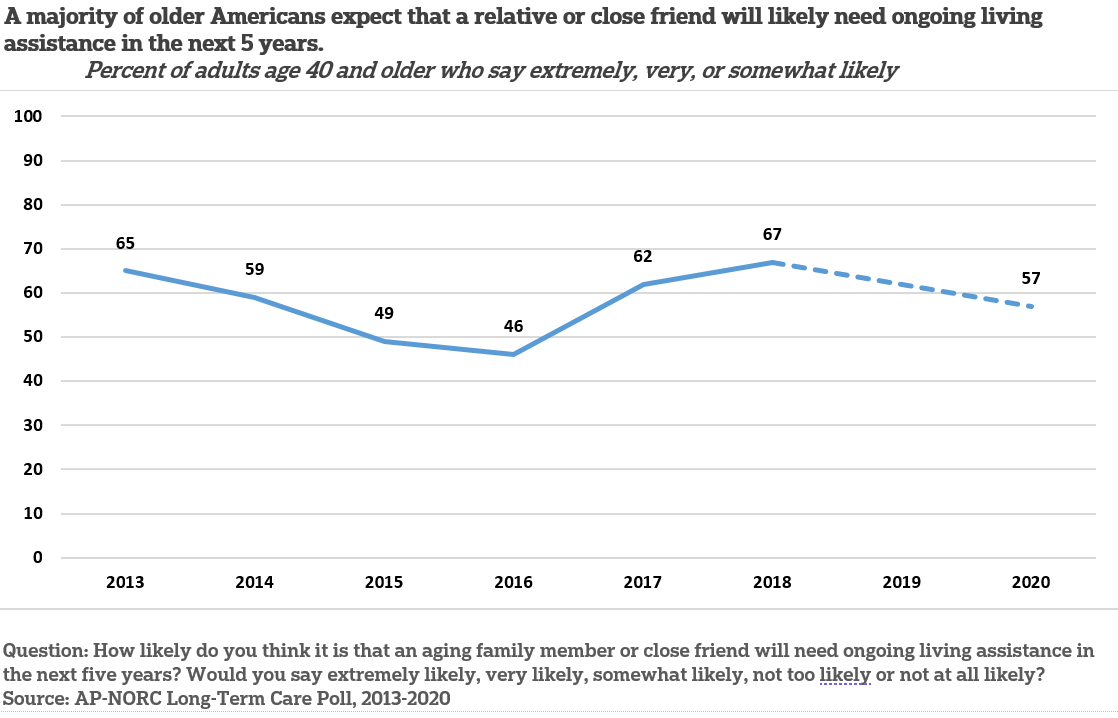
Do older Americans expect to provide long-term care to a loved one
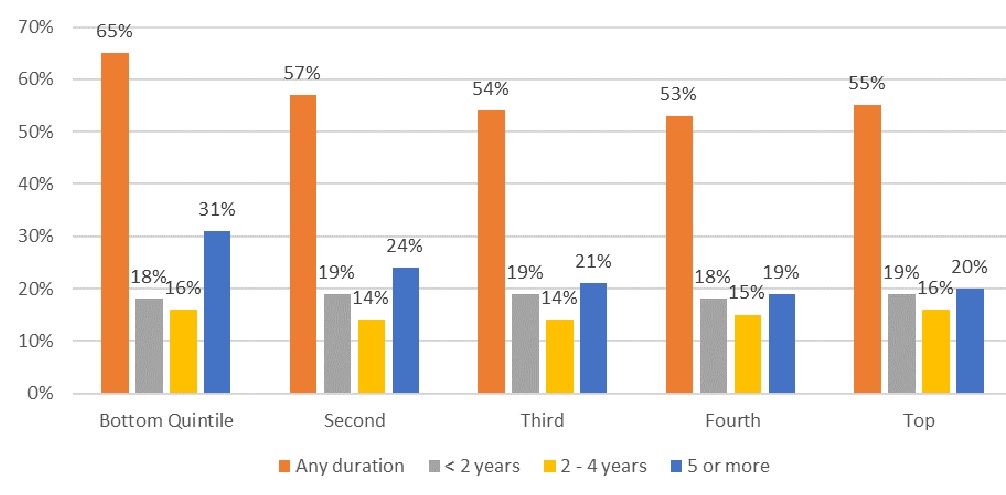
Most Older Adults Are Likely to Need and Use Long-Term Services and Supports Issue Brief

PDF) Measuring the quality of life of long-term care service users in Japan: a cross-sectional questionnaire study

Expanding home-based options for long-term care could save the system money and increase patient satisfaction, experts argue - The Hub
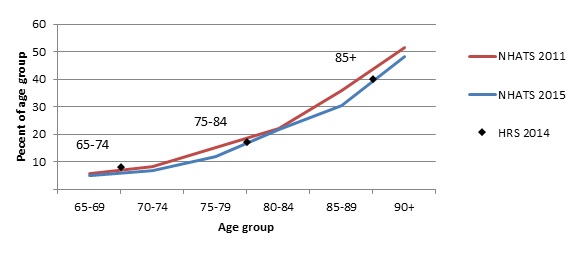
Informal Caregiver Supply and Demographic Changes: Review of the
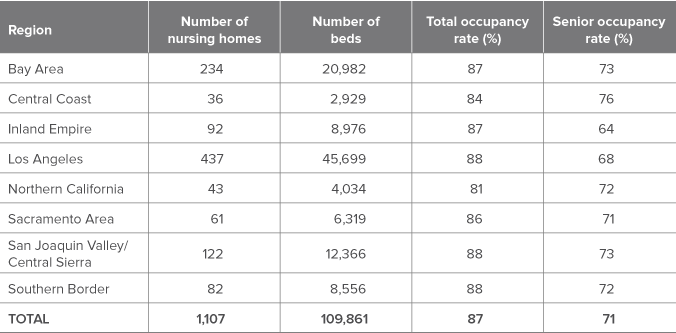
Anticipating Changes in Regional Demand for Nursing Homes - Public
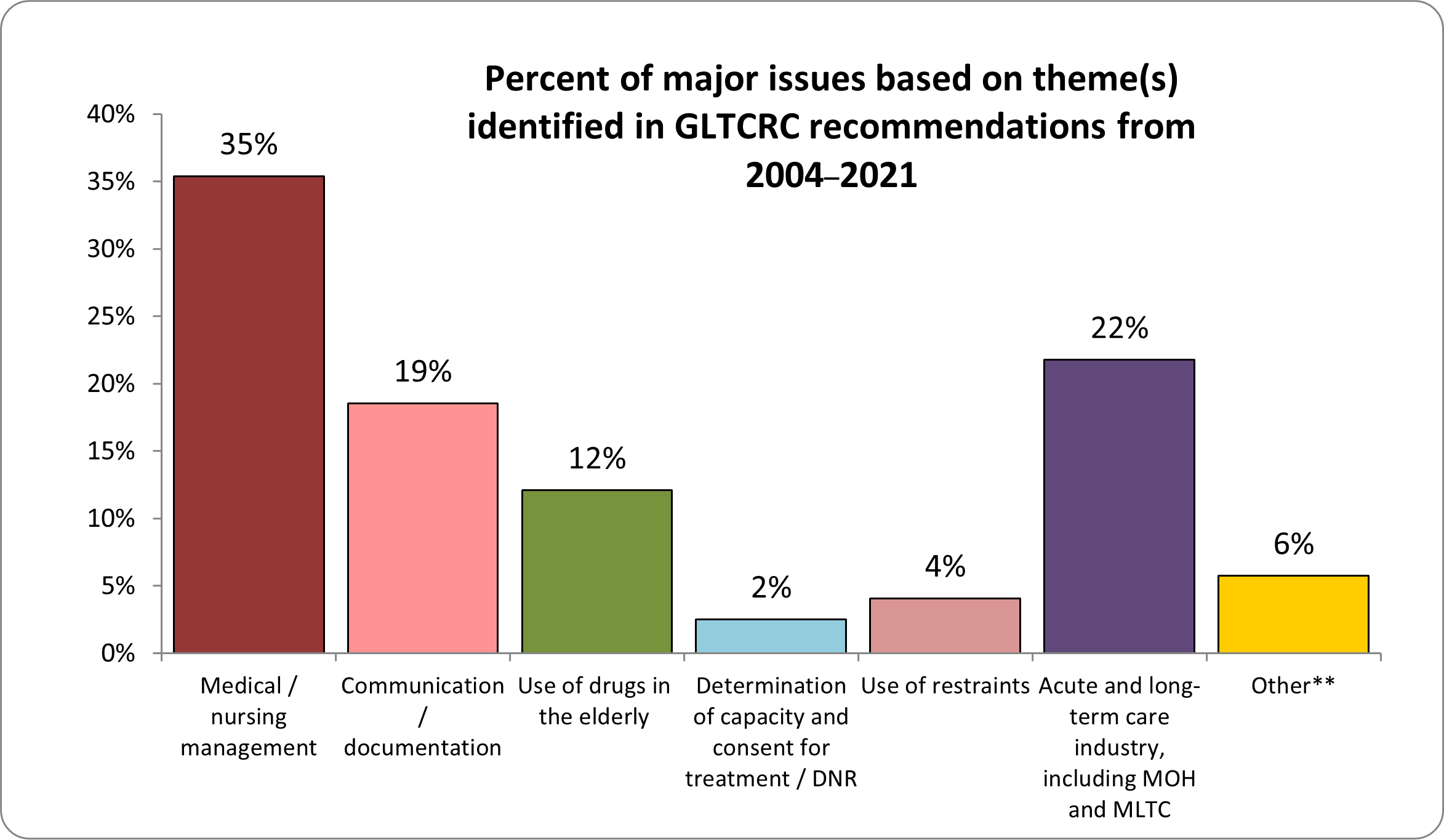
Geriatric and long-term care review committee
View of Health-care Workforce Training to Effectively Support

Old-age Frailty Patterns and Implications for Long-term Care

Experience of a demand-side subsidy scheme for residential long-term care: perspectives of elderly and their carers, BMC Geriatrics

Demand for Senior Home Care Services Expected to Increase at Rapid Pace

Modelling Healthcare Demand and Supply in New Residential

Impacts of the COVID-19 pandemic in nursing and residential care facilities in Canada

PDF) Determining eligibility for long-term care—lessons from Germany
View of Health-care Workforce Training to Effectively Support











